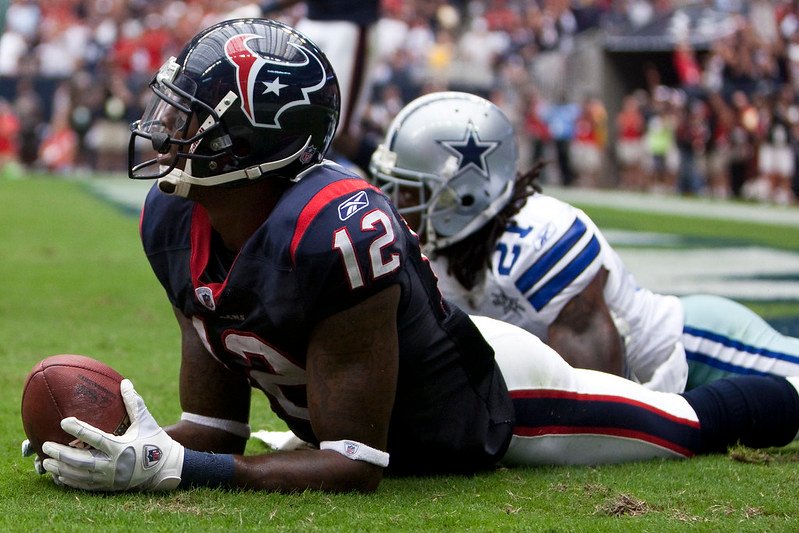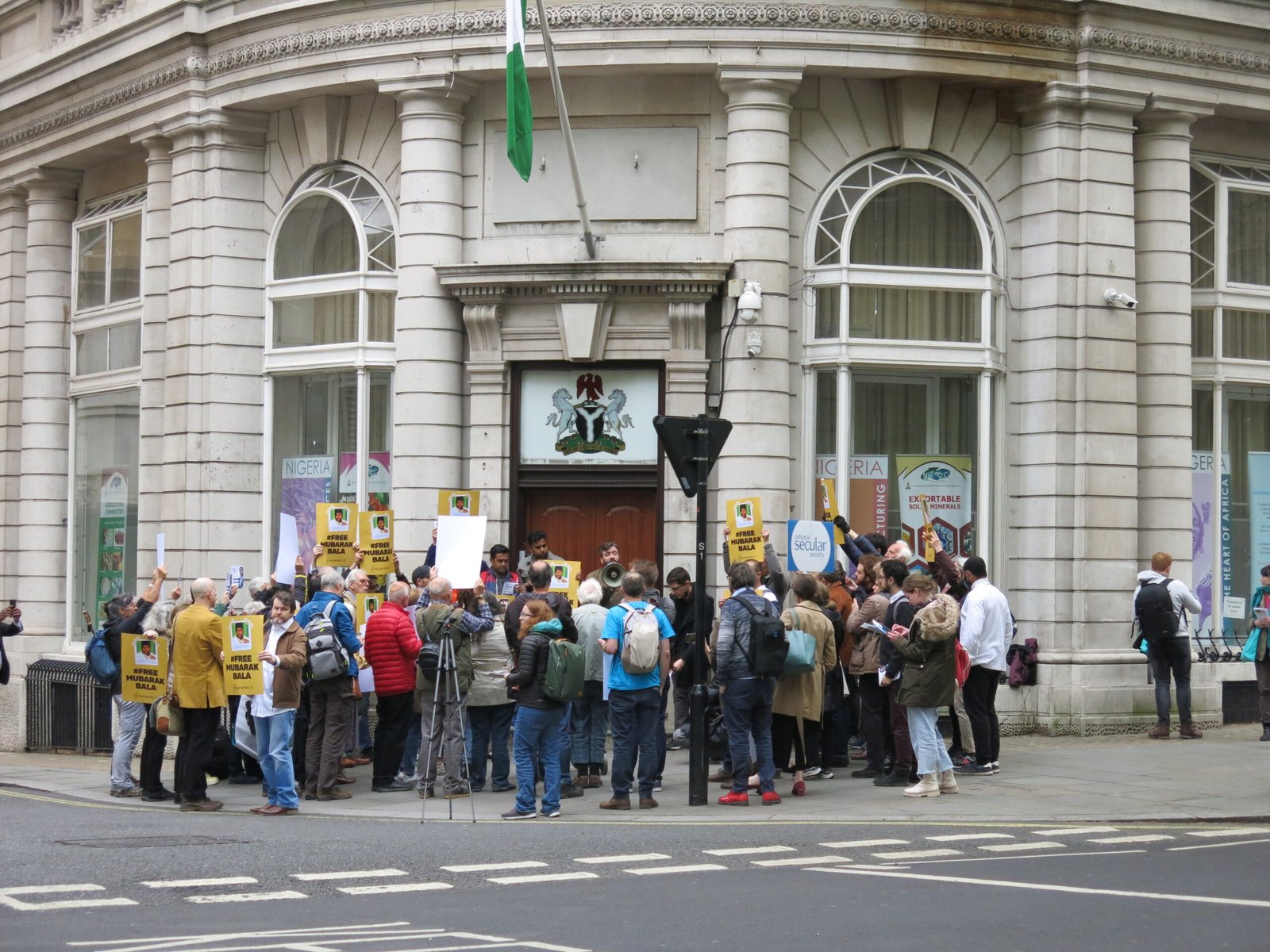While we should be conscious of combating sexism in sport, there is a much more effective way of doing so than shouting down journalists Murray style.
Andy Murray is well lauded as one of the strongest feminist voices in male sports. And so he should be. He is articulate in suggesting that women are just as fit and capable of playing five sets as men, and that centre court’s order of play should be amended to reflect gender parity. However, the recent furore about him calling out the casual sexism of a journalist overstepped the mark, I believe. In a press conference following his defeat to Sam Querrey at Wimbledon, a reporter began ‘Sam is the first US player to reach a major semi-final since 2009’ to which Murray sharply interjected ‘male player.’
“I think it might make conversations about sport – and particularly the job of journalists – rather turgid if they were to have to qualify every question with information on exactly what tournament and for which sex the relevant statistic applied to.”
It was obvious to pretty much everyone that the reporter was talking about the competition that the athlete being interviewed participated in, the men’s singles. It was obvious his comment was not on the sport of tennis generally, in which case we’d have to consider more than just the women’s competition – as Murray intended – but the seniors and juniors too, less we be ‘casually ageist’ also. Murray wouldn’t have had quite the same feminist voice if he had said ‘first male player in the men’s singles competition for non-juniors or seniors’ nor made the same impact with his terse, Scottish grumble of scorn. Perhaps the fact that it came on the heels of John McEnroe’s allegedly sexist comments intensified Murray’s insistence on being factually accurate and championing the women’s game.

In any case, it is quite refreshing to hear this perspective from a male sportsman, who (unless you are safer Zafar Ansari, the left-arm cricketer with a double first in social and political science from Trinity Hall, Cambridge, who recently quit professional cricket after his first cap in the test side to pursue a career in law) often conform to the stereotype of being brainlessly mechanical and a bit dense. More recently, cricket’s un-retired finest players commemorated the 100th test match played at The Oval. During the coverage, former test captain Clare Connor was quick to point out that it was actually the 106th or possibly 107th test match, if we include women’s test matches, the first of which took place in 1937. She did so amicably, without making an overtly feminist point, and no one really batted an eyelid. In fact, interviewer Ian Ward seemed delighted to have had his consciousness raised on the point. Unlike Murray, Connor did so in a manner that made it obvious she knew that everyone else was talking about men’s test matches and that she in no way thought anyone had been sexist to do so without qualification. It was a point I had not considered, and it made me research those women’s matches out of interest. It was also surprising that, despite the detailed and indulgent monologues accompanying archive footage and capturing the history of the ground, the women’s matches at the historic ground had not been mentioned in the coverage up to that point.
I think it might make conversations about sport – and particularly the job of journalists – rather turgid if they were to have to qualify every question with information on exactly what tournament and for which sex the relevant statistic applied to. Economy would be the first victim at the hand of tautology, as it is always the case that everyone else in the room knows exactly what the reporter is talking about. It strikes me as a bit patronising to have to unnaturally correct oneself at every turn, to make the women’s competitions feel included, rather than letting their thrilling athletic displays speak for themselves. With over 26,000 in attendance at the recent women’s cricket world cup final, and with the women’s singles engrossing every tennis fan as much as any male competitor might, it is not like there is any lack of interest.
Still, I welcome the sort of consciousness raising that both Murray and Connor succeeded in doing. I’d just much rather we do it in the manner of the latter, less as a point to try and denigrate hardworking journalists just doing their job, more as a point of being playfully accurate, and ceasing the opportunity to talk about the women’s game. Indeed, if continuing to increase interest in women’s sports is the aim, as it should be, there could’ve been no better way to do it.








Article Discussion